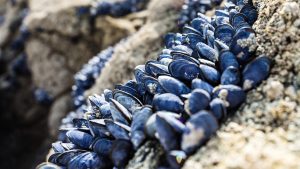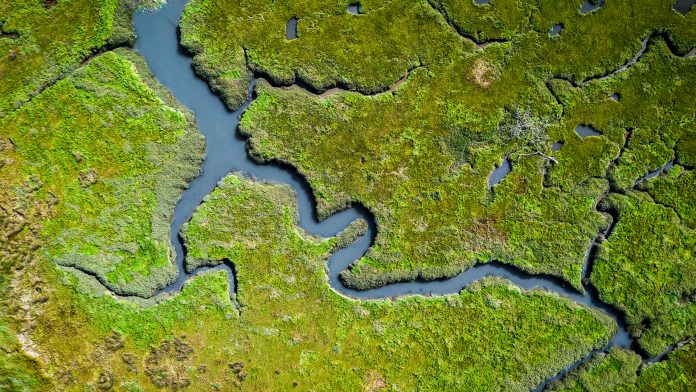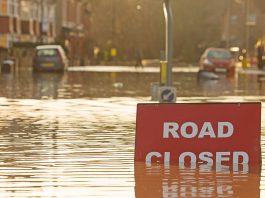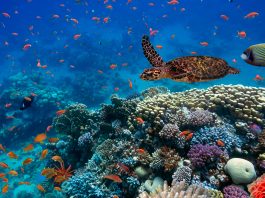Researchers from the Carbon Containment Lab at the Yale School of the Environment have found that mussels will help protect coastal environments in the face of climate change.
According to a new study led by the Carbon Containment Lab at the Yale School of the Environment, faunal organisms such as mussels act as ecosystem engineers, protecting and building coastal ecosystems. As the effects of climate change are continually being seen around the world, it is crucial that these are mitigated to ensure that environments are adequately protected.
“As sea levels rise, coastal ecosystems have to adapt and evolve to changing conditions,” said Sinéad Crotty, associate director of science at the CC Lab and lead author of the study. “This study shows that small and innocuous animals that live within an ecosystem can play a critical role in helping coastal systems persist in the face of climate change.”
The study, ‘Faunal engineering stimulates landscape-scale accretion in southeastern US salt marshes,’ is published in Nature Communications.
What are ecosystem engineers?
Ecosystem engineers are organisms that directly or indirectly drive habitat construction and control the availability of resources to other organisms. They can be split into two categories: autogenic and allogenic. Autogenic engineers are species that change themselves to help the environment, for example, trees. As trees grow, organisms use trunks, branches, and leaves as habitats.
Allogenic engineers modify the environment by changing living or non-living materials to form another. Mussels are allogenic engineers as they act as indicators of water quality, helping to keep streams and rivers clean by absorbing heavy metals and filtering harmful silt and particulates as they feed and breathe in aquatic ecosystems.

Mussels also deposit large volumes of material on marsh surfaces through their feeding process. This facilitates a process called accretion, which helps marshes grow.
Testing the impact of mussels on coastal ecosystems
The study focused on 750,000 acres of expansive salt marsh systems in the US along the South Atlantic Bight, which stretches over 150 miles from Cape Fear, North Carolina to Cape Canaveral, Florida. The team examined a variety of fauna, including crabs, lugworms, and ghost shrimp, and conducted surveys of mussel cover across the area. More detailed field measurements of the mussels were taken on Sapelo Island, a barrier island off the coast of central Georgia.
The researchers also deployed three experiments designed to test the role of the mussels as ecosystem engineers from small, local scales to whole landscape scales. The largest experiment involved over 200,000 mussels being moved by hand from one landscape to another, and measuring changes to the marsh elevation over three years.
“We found that, in reality, the effects of mussels are far greater than predicted by the models, and occur at large, landscape scales,” Crotty said.
The authors believe that similar trends are likely to occur with other fauna engineers, such as bioturbating crabs or worms.
The importance of ecosystem engineers in ecosystem modelling
The authors emphasised the importance of including ecosystem engineers in future modelling and ecosystem management, as sea levels continue to rise.
“This study can help us think through how we prioritise certain marsh areas for protection,” Crotty said. “Given that mussels are disproportionately important in driving accretion and other ecosystem functions, we should prioritise their protection, or outplanting, as a means to promoting all of their associated benefits.”
Co-author Tjeerd J Bouma, a senior scientist at the Royal Netherlands Institute for Sea Research, believes the study provides important data on salt marshes and climate change.
“The present study provides new insight into the mechanisms by which coastal ecosystems that are highly valuable for flood defence, such as salt marshes, can cope with sea-level rise,” Bouma stated.





